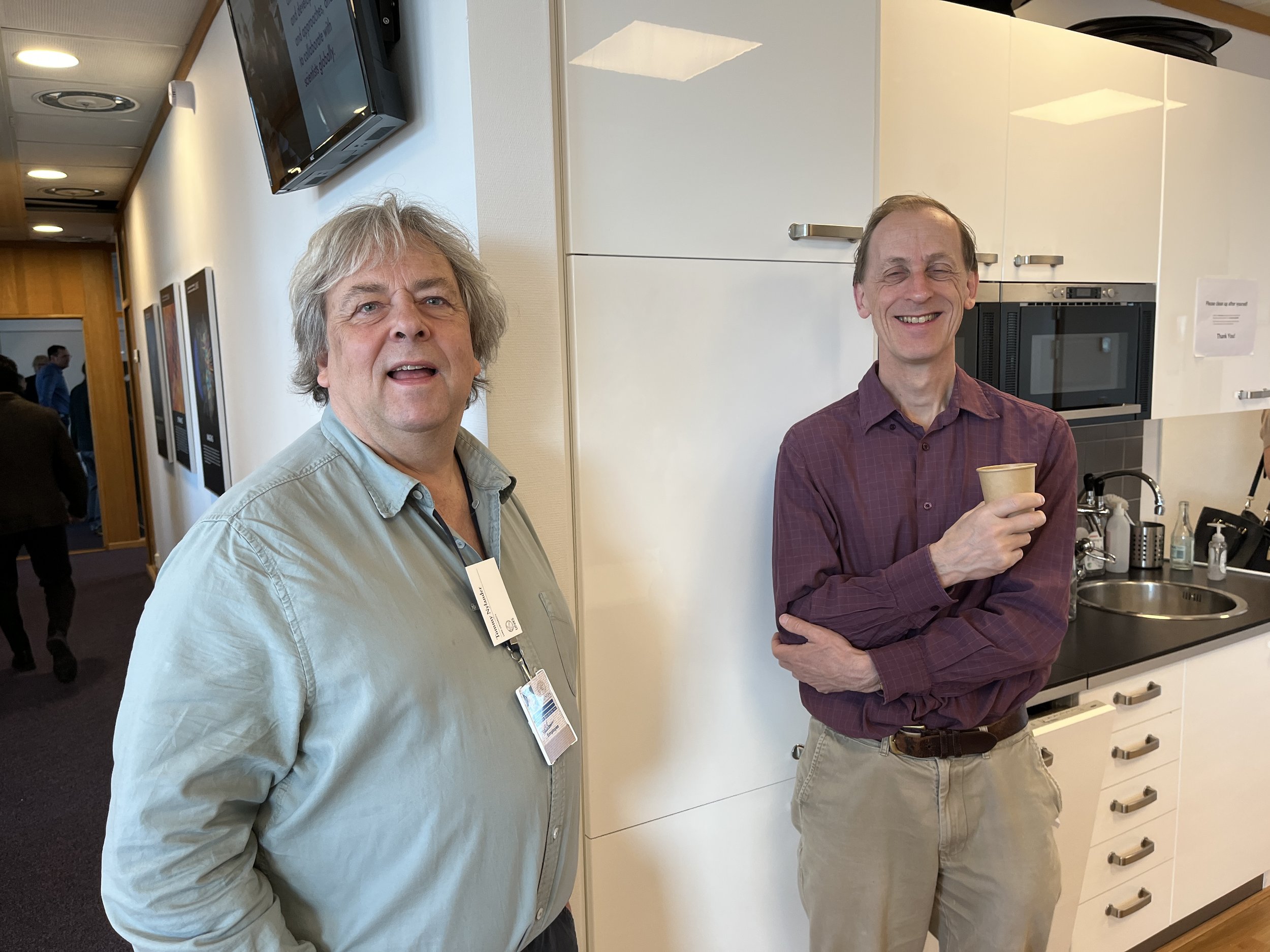The aim of LINXS Science Day is to bring the LINXS Community together once or twice a year to highlight LINXS Thematic activities, related science, and developments connected to X-rays and neutrons. The most recent Science Day, which took place in May, attracted more than a 100 people physically and online. The first part of the day was jointly chaired by Helmut Schober, Director General, ESS, and Olof “Charlie” Karis, Director, MAV IV, who drove a vivid and fruitful discussion.
Presentations included talks on the science at ESS and at MAX IV, highlights at ISIS, and presentations from the new LINXS Themes. The afternoon focused on early career researchers, with presentations related to LINXS’ focus areas, soft matter, hard matter and life science. This session was chaired by Andrew Boothroyd, Professor of Physics at Oxford University, and member of the LINXS Scientific Advisory Board, who also gave a talk on neutron and X-ray scattering as superlative probes of quantum materials.
He reflects that the Science Day was a good physical introduction to LINXS as a guest researcher. He stayed at LINXS from May to June.
– The Science Day was the first scientific meeting that I attended at LINXS during my stay. Personally, I enjoyed it. The size of the attendance was impressive, and as Trevor Forsyth remarked at the start, the room was at full capacity. It was great that the Directors of both MAX IV and ESS came and gave informative and enthusiastic updates on their facilities. Their participation really helped to send a message of commitment from the facilities towards their potential users.
– The presentations by other senior members of these facilities and of the ISIS Facility were also informative and interesting. I liked the emphasis of the meeting on early-career scientists, since these will be the future research leaders and it is important to engage with them and allow them to express their opinions on large-scale facility science, and to be involved in the decisions that need to be made, says Andrew Boothroyd.





















